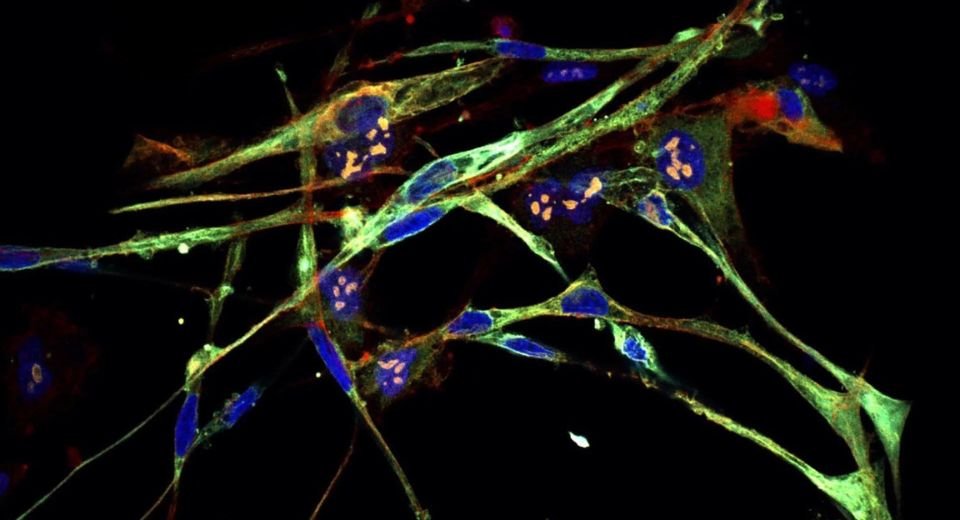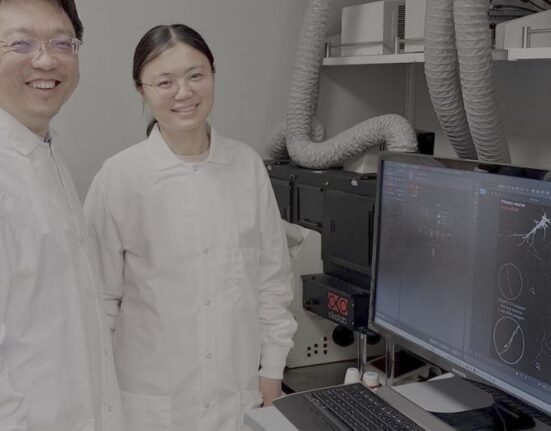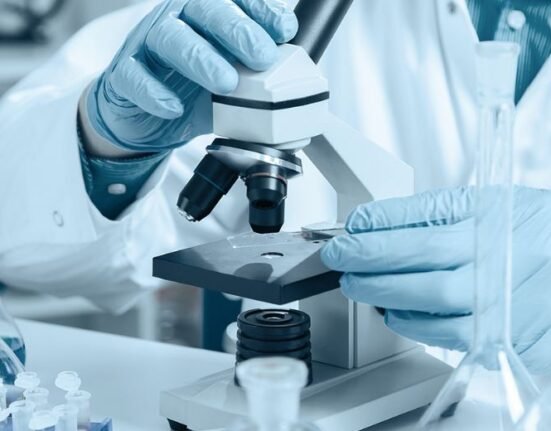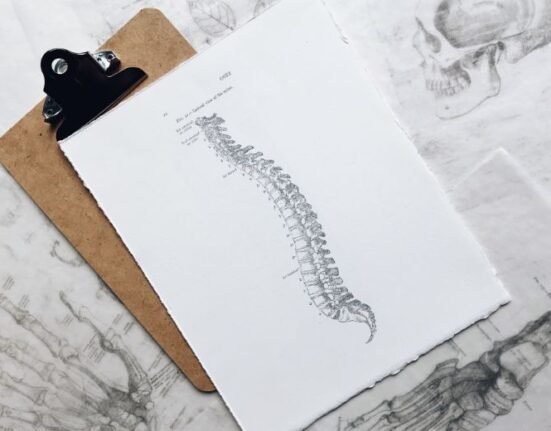HQ Team
January 26, 2025: Scientists from Delft University of Technology, Vienna Biocenter, and Lausanne have discovered that Structural Maintenance of Chromosomes (SMC) proteins can reverse direction while shaping DNA. The SMCs or molecular motors, it is believed, only move in one direction, and this discovery offers new insights into gene regulation and potential implications for gene-linked diseases.
The research, published in Cell, demonstrates that SMC proteins can act like gearboxes in a car, switching directions to pull DNA from both sides and form loops over time. This capability allows cells to rapidly adjust which genes are expressed in response to environmental changes such as food intake or temperature fluctuations. “Cells need to be quick in changing which genes should be expressed and which ones should be turned off,” explains Roman Barth, the study’s first author. “SMC motors act like switches to connect different parts of DNA”.
Using advanced nanotechnology, the researchers employed a home-built microscope to observe individual SMC proteins interacting with DNA at a scale much smaller than the width of a human hair. This innovative approach enabled them to identify the protein subunit NIPBL as the “gear lever” that facilitates this directional switching 36. The study not only clarifies the mechanics of SMC proteins but also resolves longstanding debates within the scientific community regarding their function.
Misregulated genes
The implications of this discovery extend beyond basic biology; understanding how SMC motors operate could shed light on various diseases linked to misregulated genes. For instance, neurodegenerative diseases and conditions like Cornelia de Lange syndrome may result from failures in these molecular machines during embryonic development Barth emphasizes the potential for this knowledge to influence pharmaceutical research and clinical applications: “Having found commonalities among SMC motors helps to focus and streamline the SMC research field” 6.
“Once we understand how SMC molecular motors shape DNA, we may start asking what goes wrong in diseases like cancer and neurogenerative diseases, and importantly, how to correct it,” says Barth. “Neurogenerative diseases for example can be the result of misregulated genes during early stages of pregnancy. In fact, there are a couple of severe diseases, such as Cornelia de Lange syndrome, linked to SMCs, where the motors likely fail to switch correctly inside the cells of the embryo.”
As scientists continue to explore the complexities of DNA dynamics, this breakthrough may accelerate advancements in understanding genetic disorders and developing targeted therapies. The ability of SMC proteins to switch directions opens new avenues for research into how our genomes are organized and regulated, ultimately impacting health outcomes.
The full study is available here.







